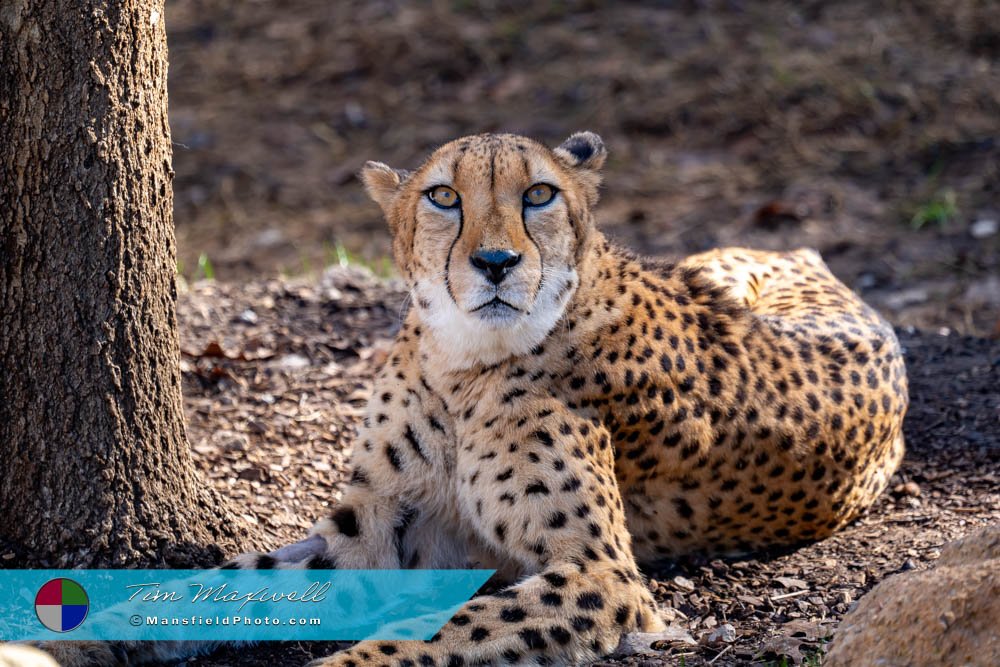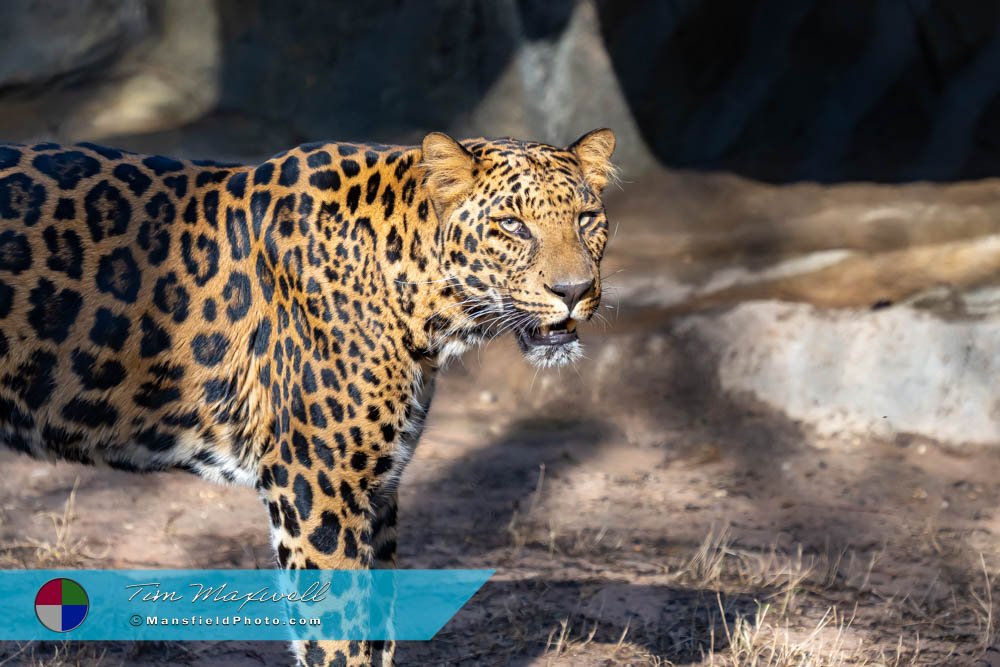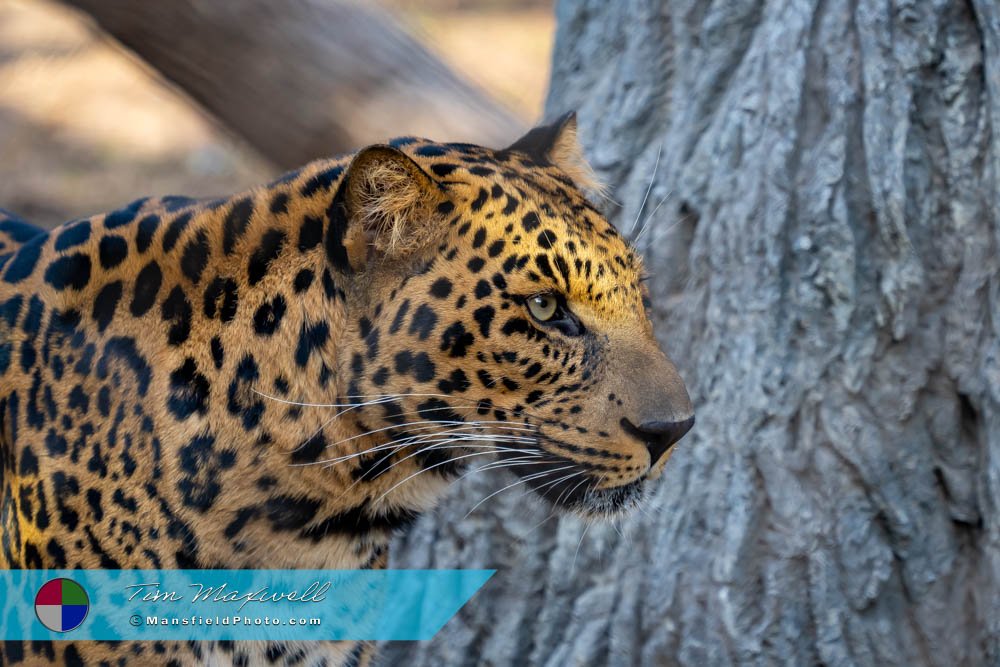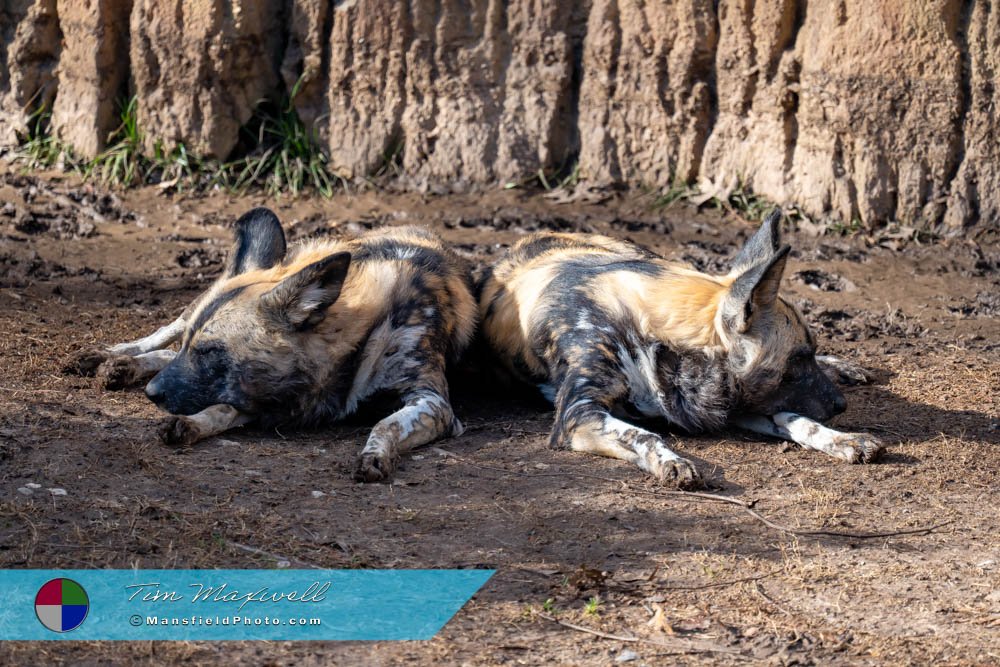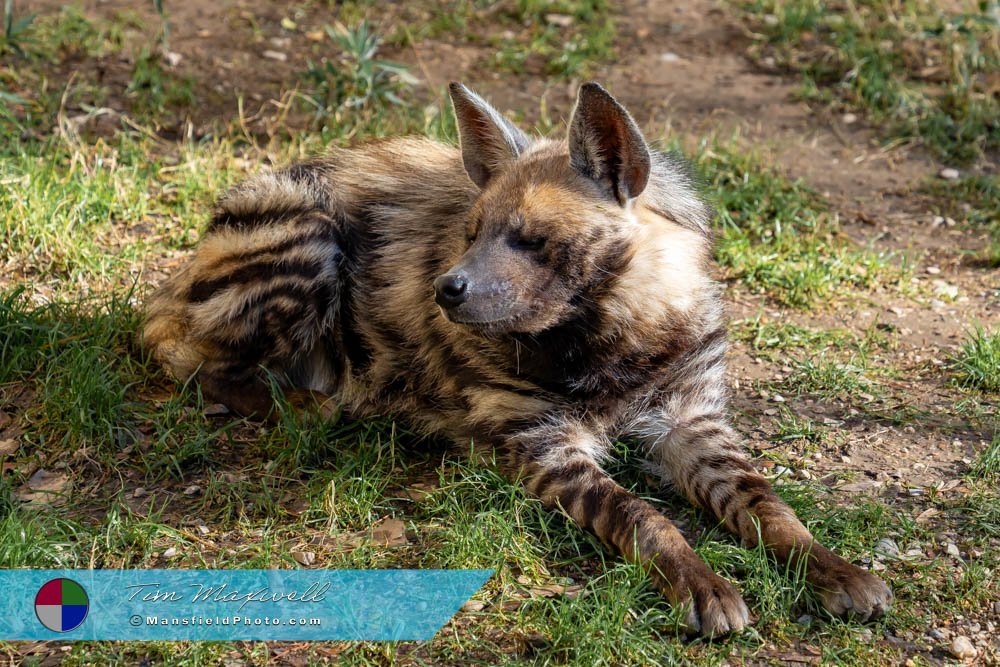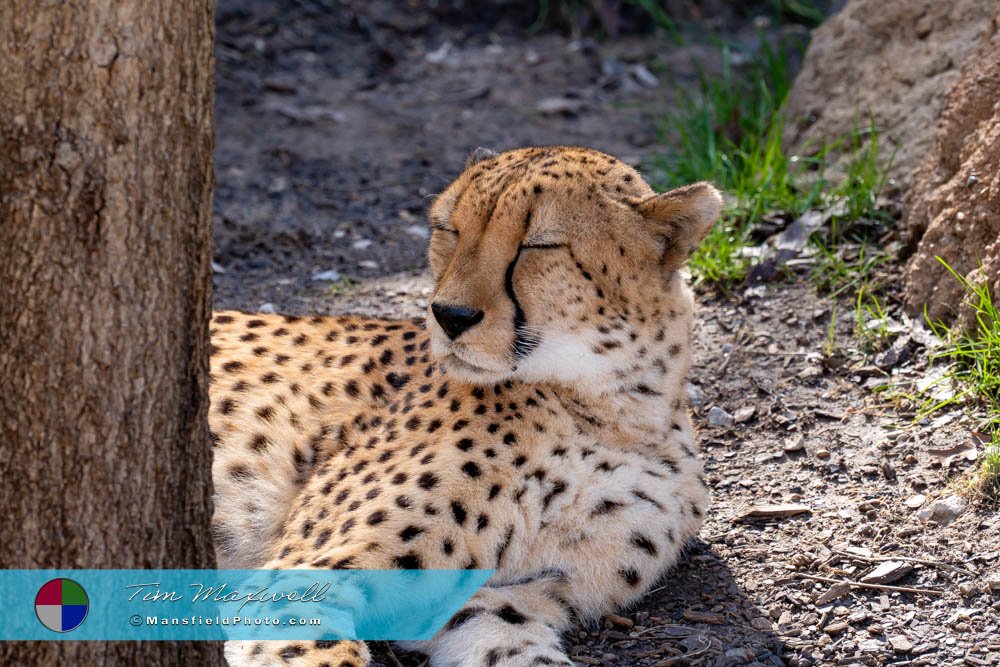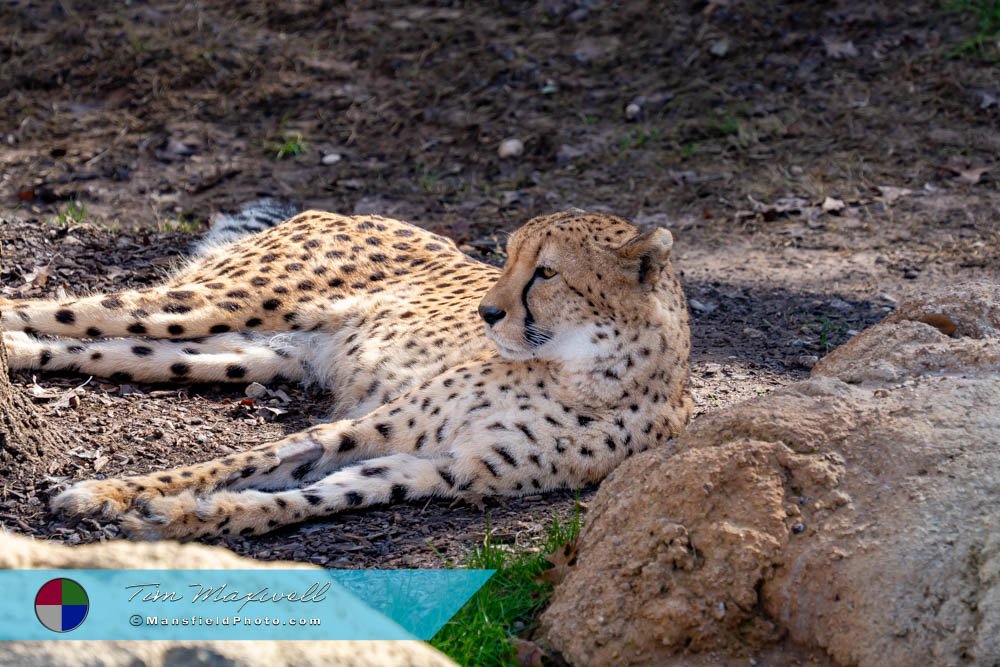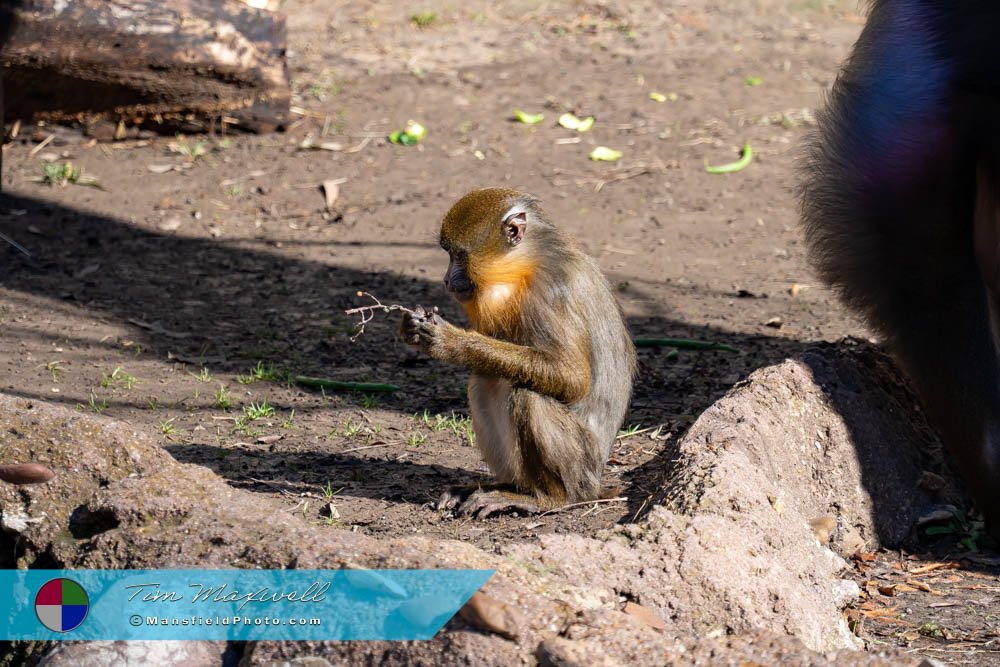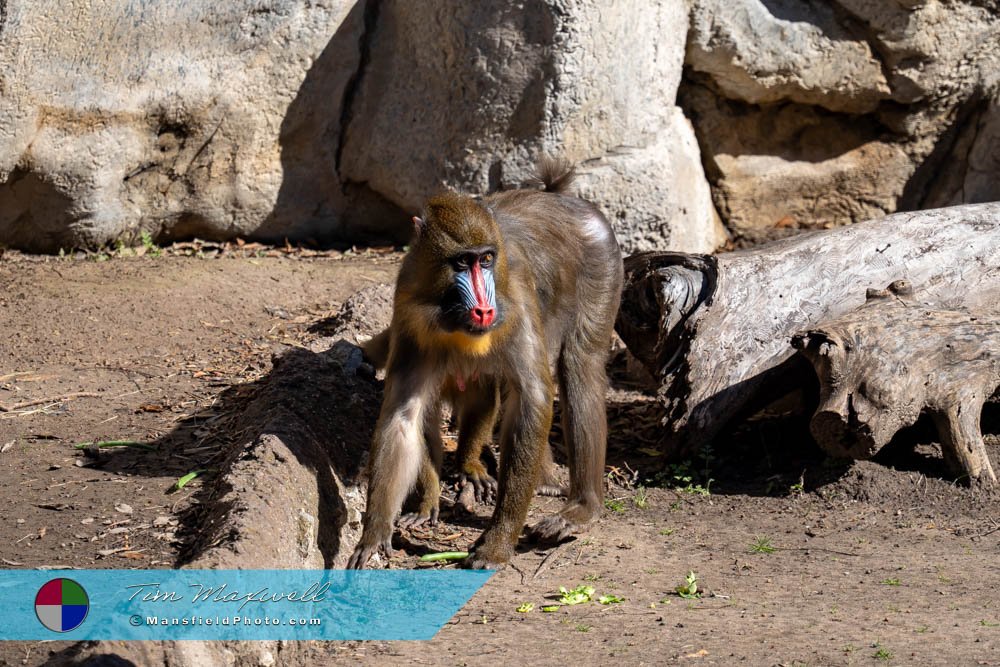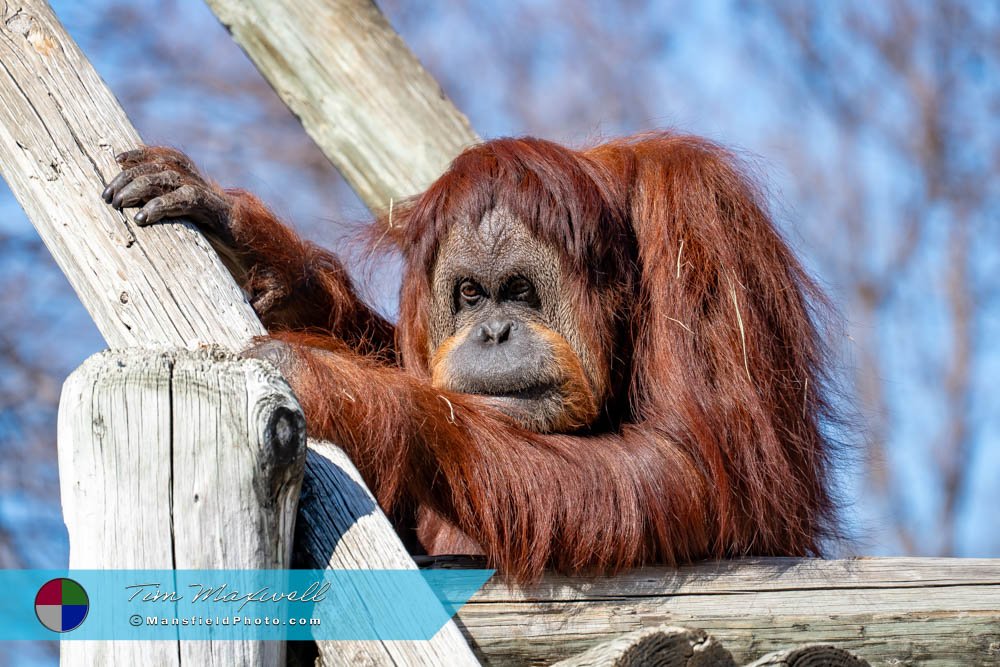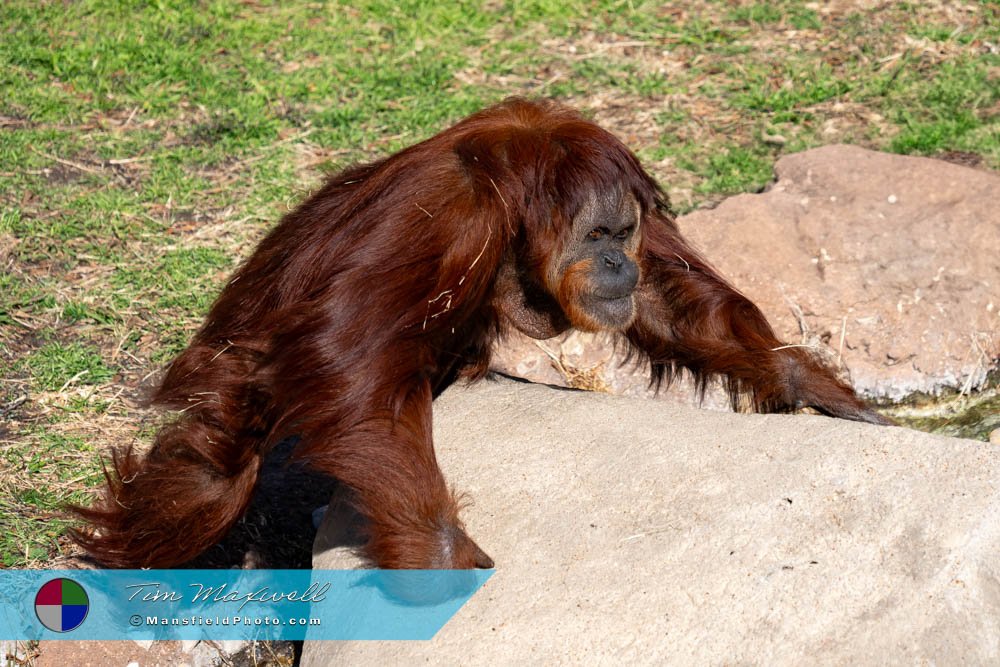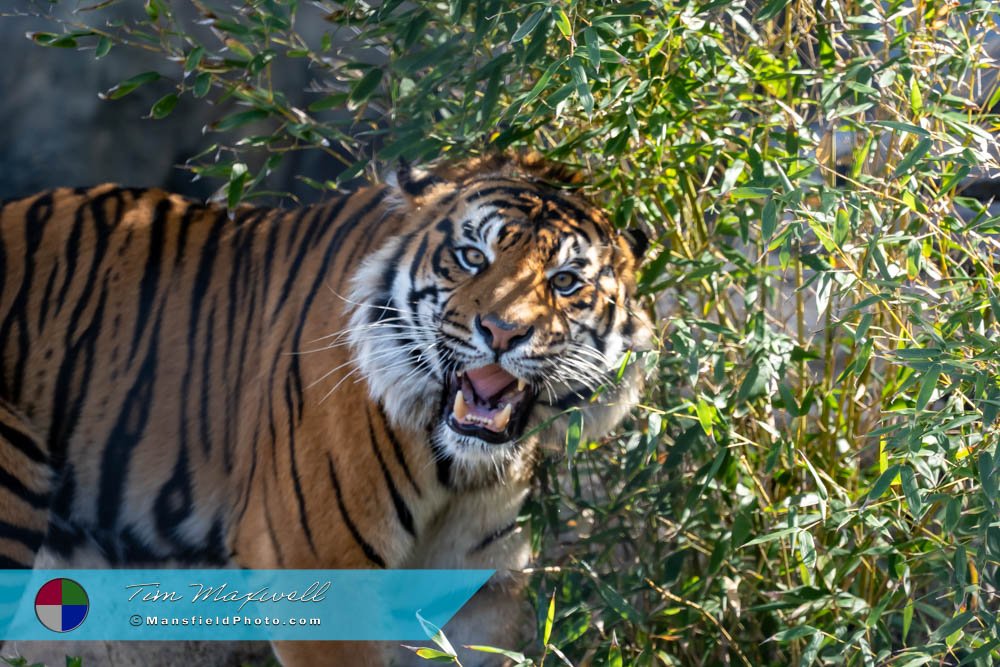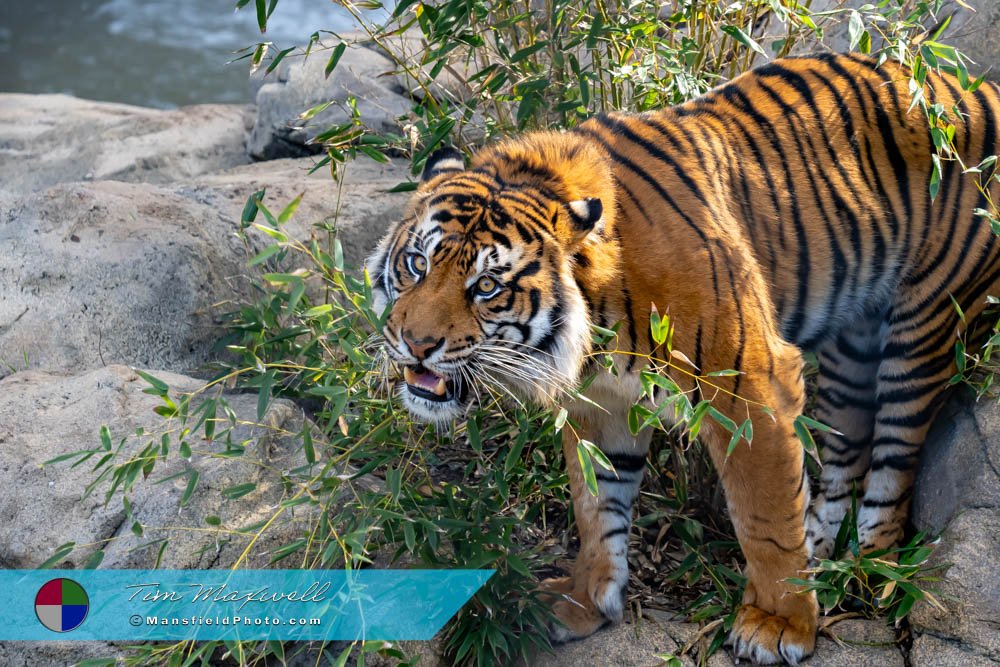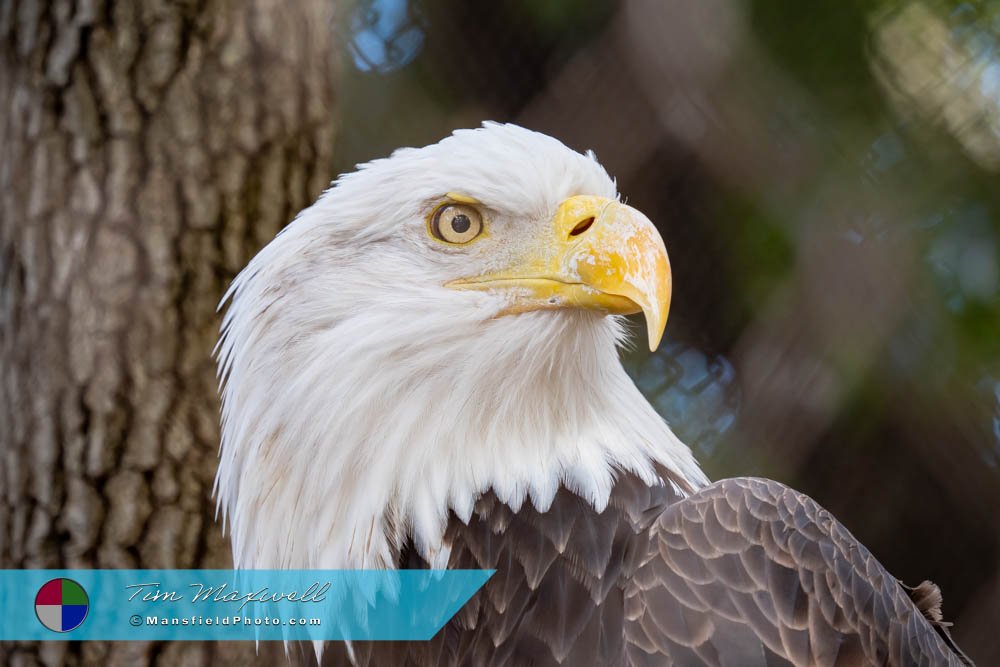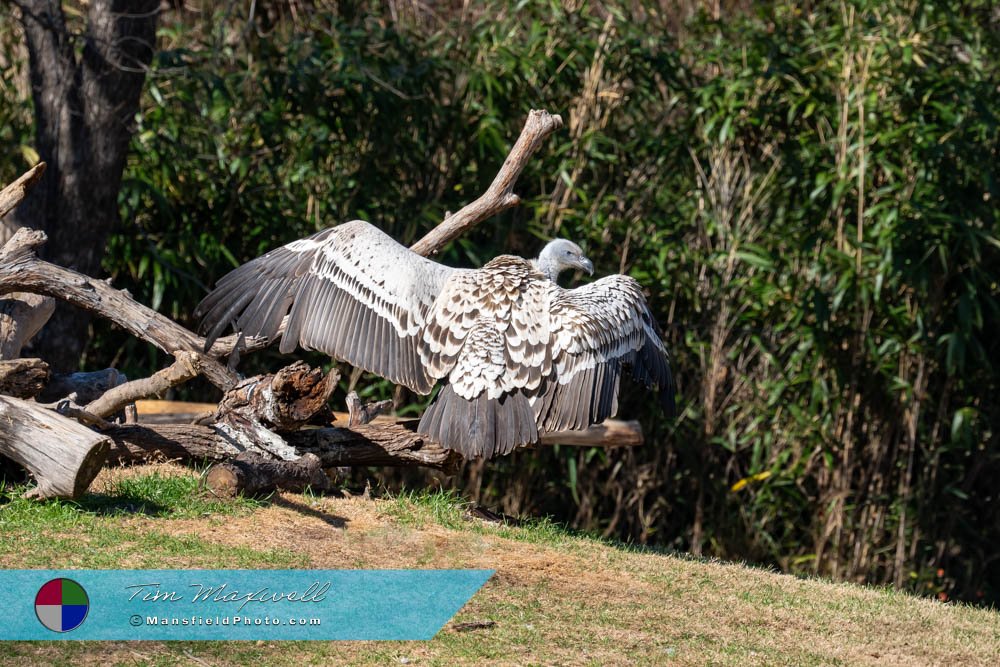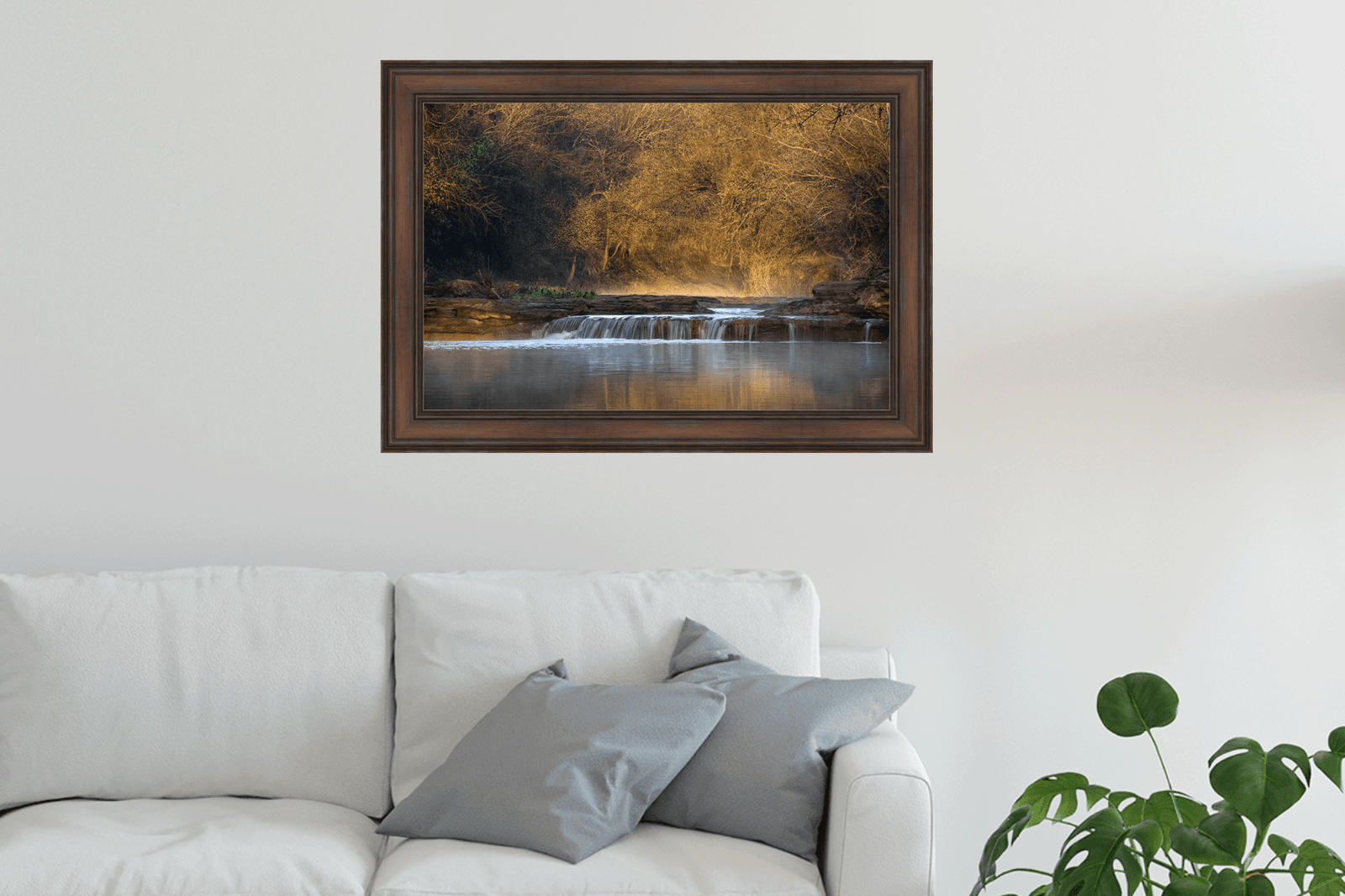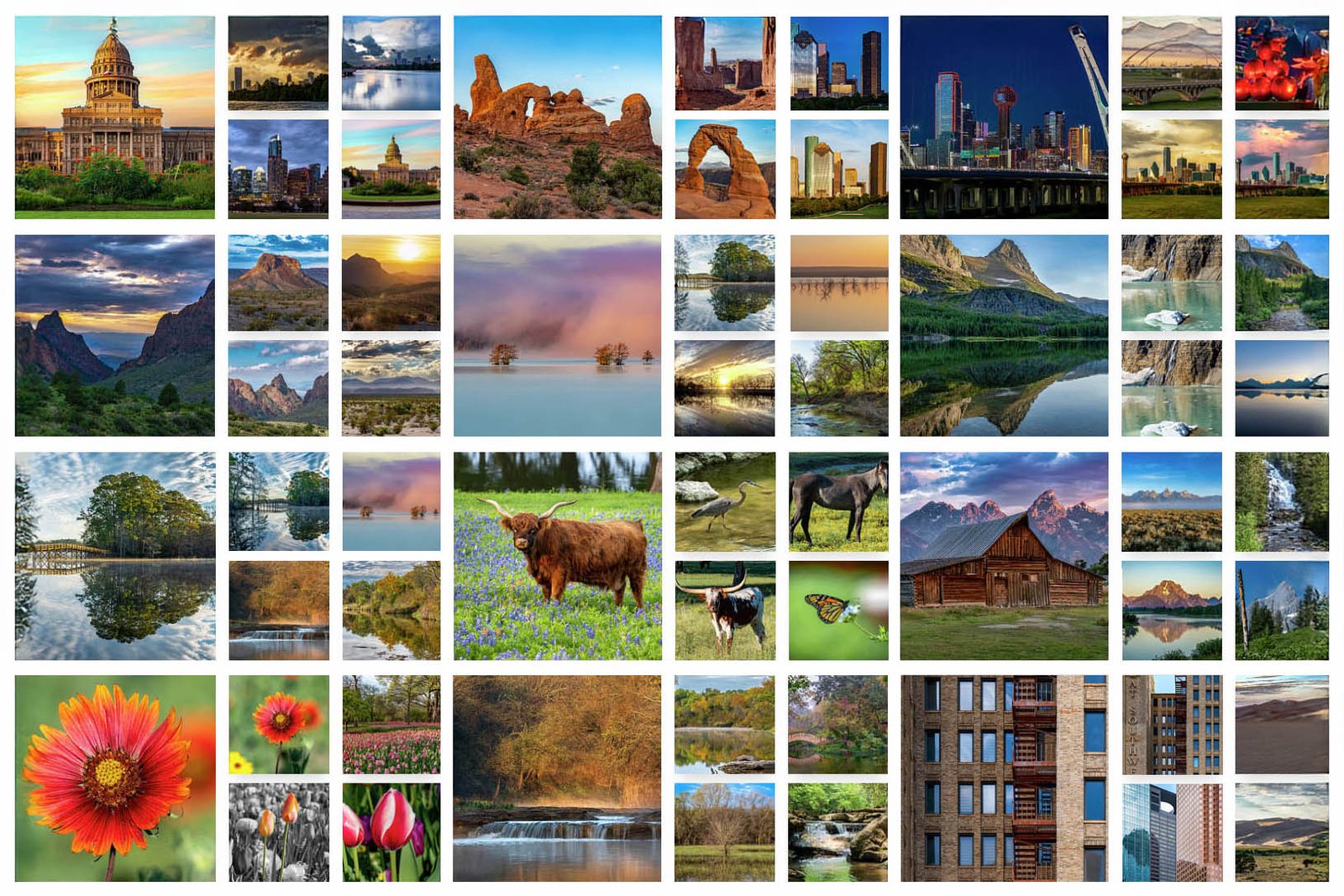A Winter Visit to the Fort Worth Zoo
– An Image Journal.
Texas is home to many attractions, but few offer the immersive experience of one of the country’s most celebrated zoos located in Fort Worth. Home to hundreds of species from around the world, this destination provides a chance to see wildlife up close while walking through beautifully designed exhibits that mimic natural habitats. From towering giraffes to stealthy big cats, every turn offers something new to discover.
The Fort Worth Zoo is divided into distinct sections, each offering a unique look at different ecosystems. The African Savanna is a sprawling habitat where giraffes, zebras, and rhinos roam, while Texas Wild! highlights the diverse wildlife of the Lone Star State, from playful river otters to majestic black bears. World of Primates is home to some of the most intelligent and expressive creatures, including gorillas, orangutans, and colobus monkeys, all thriving in carefully crafted environments that encourage natural behaviors.
For those who love reptiles and amphibians, the Museum of Living Art (MOLA) is an impressive indoor exhibit featuring everything from vibrant poison dart frogs to massive Komodo dragons. Another highlight is the Elephant Springs, where elephants, and other species from the region coexist in beautifully landscaped surroundings. Predators of Asia & Africa highlights some of the most dramatic and skilled hunters of the animal kingdom.
Pro Tip
One of the best-kept secrets for experiencing the Fort Worth Zoo at its finest is visiting it on a weekday during the winter when temperatures reach the low 70s. Crowds are nearly nonexistent, creating an almost private viewing experience. More importantly, cooler temperatures bring the animals to life—big cats prowl, primates swing with energy, and birds call out from their perches. Our visit in late January proved just that, and here are some of the stunning images we captured along the way.
Fort Worth Zoo Images from a Winter Visit in January
The Elusive African Leopard
Sleek, powerful, and nearly silent, the African leopard is a master of stealth. With its golden coat patterned in black rosettes, it blends seamlessly into the environment, making it one of the most difficult big cats to spot in the wild. During our visit to the Fort Worth Zoo, we watched as a leopard gracefully navigated its habitat, muscles rippling beneath its fur as it moved. For a moment, it locked eyes with our camera, offering a piercing gaze that seemed to acknowledge its untamed nature.
The Painted Wolves of Africa at the Fort Worth Zoo
African painted dogs are among the most fascinating predators, living in tight-knit packs with complex social structures. Their mottled coats of black, tan, and white make each individual unique, and their oversized ears give them a keen sense of hearing. Their cooperative nature and relentless endurance make them one of Africa’s most efficient hunters.
Cheetahs: Built for Speed
No animal on land moves like a cheetah. With a slender frame, deep chest, and long, powerful legs, this feline is built for explosive speed. While resting in the sun, the Fort Worth Zoo’s cheetahs appeared relaxed, their golden eyes surveying their surroundings with quiet intensity.
The Vibrant World of Mandrills
Few primates are as visually striking as the mandrill. With their electric-blue and fiery-red faces, these monkeys demand attention. Social and intelligent, mandrills communicate with a range of vocalizations and expressions, and we had the chance to witness their interactions firsthand.
The Thoughtful Orangutans
Among the most intelligent primates, orangutans captivate with their deep, contemplative eyes and deliberate movements. One sat quietly, gazing at visitors with an almost human-like curiosity. These moments reinforced the deep connection we share with these incredible animals.
The Enigmatic Tiger
With their bold stripes and powerful build, these cats command respect. One of the most mesmerizing sights of the day was watching a tiger pacing the length of its habitat before settling near the water’s edge. The contrast of its orange and black coat against the earthy tones of its surroundings made for a striking composition.
The Birds of the Sky and Ground
From the skies to the savannas, birds play an essential role in their ecosystems. A bald eagle, perched with regal confidence, surveyed the area with an unwavering stare. The white-backed vulture, often misunderstood but critical to the environment, spread its vast wings in a commanding display. Meanwhile, the southern ground hornbill strutted through its space, its deep red throat patch adding a splash of color to its imposing presence.
For those seeking an unparalleled Fort Worth Zoo experience, consider a weekday winter visit when the weather is mild. With fewer people, active animals, and a peaceful atmosphere, it’s the perfect time to capture incredible moments—both through the lens and in memory.
📍 Want to explore more of Fort Worth?
Check out our Fort Worth Visitor Guide for a deep dive into the city’s charming downtown and hidden spots worth discovering.
